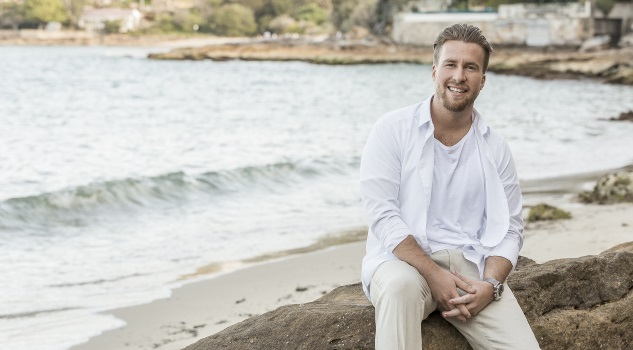So what can we learn from Instagram? If this play highlights anything, it’s that disruption is most effective when one company takes the strengths of another and turns them into weaknesses.
When Picasso said, “Good artists borrow, great artists steal” he did not mean this in an unethical way. He meant that where average artists simply copy someone or something else, great artists will take an idea and through their own creativity, will make it their own. It’s not something they’ve borrowed – they now have ownership. Has Instagram just executed the greatest tech heist of recent years? And how can entrepreneurs learn from Instagram with this recent move?
“They deserve all the credit,” CEO of Instagram Kevin Systrom told TechCrunch in the context of the new Insta Stories feature. “This isn’t about who invented something. This is about a format, and how you take it to a network and put your own spin on it… no one looks down at someone for adopting something that is so obviously great for presenting a certain type of information.”
While Snapchat loyalists may criticise the move, Instagram has simply done what all great companies do; when worlds best practice outpaces them, they incorporate it in their own way. Facebook’s News Feed came from FriendFeed, a company they acquired in 2009; a format that was then rolled out by most social media giants. Instagram popularised photo filters, Snapchat reimagined them, and now most platforms offer filters as an option.
The interconnectivity between each of these ideas forms a web between all of the major players who are at the forefront of a rapidly emerging space.
While happening faster than ever before, this pattern of behavior is not new.
Apple didn’t invent much. Steve Jobs was introduced to the “mouse” when he visited Xerox’s Palo Alto Research Centre in 1979. The brilliance of Jobs and Wozniak was in making it more human and bringing it to the consumer in a way that Xerox didn’t.
Apple also didn’t invent the personal computer, the phone, the tablet or even music sharing. In a tech world that was focused on building technology and would later ask, “how do we market it?” Apple would always start with the consumer, find the seed of a technology from somewhere else, and then make it their own.
Apple’s brilliance has always been finding an invention, adding innovation, and wrapping it in something that touches our heart in a way that other technologies don’t.
The most effective way to disrupt
Between 2013 and 2015, the average number of posts on Instagram per user declined, while Snapchat usage was up 25% from just February to April reaching 10 billion daily views. Two days ago, Snapchat were disrupting Instagram.
With a steep growth curve and high user engagement, Facebook unsuccessfully offered to buy them for $3 billion. They had captured the attention of the giant.
Now, the tech giant is disrupting Snapchat. So what can we learn from Instagram?
If this play highlights anything, it’s that disruption is most effective when one company takes the strengths of another and turns them into weaknesses.
Next week, we’ll analyse those strengths and weaknesses, and what they mean to you when working out your most effective marketing channels.
Jack Delosa, Founder and CEO, The Entourage














